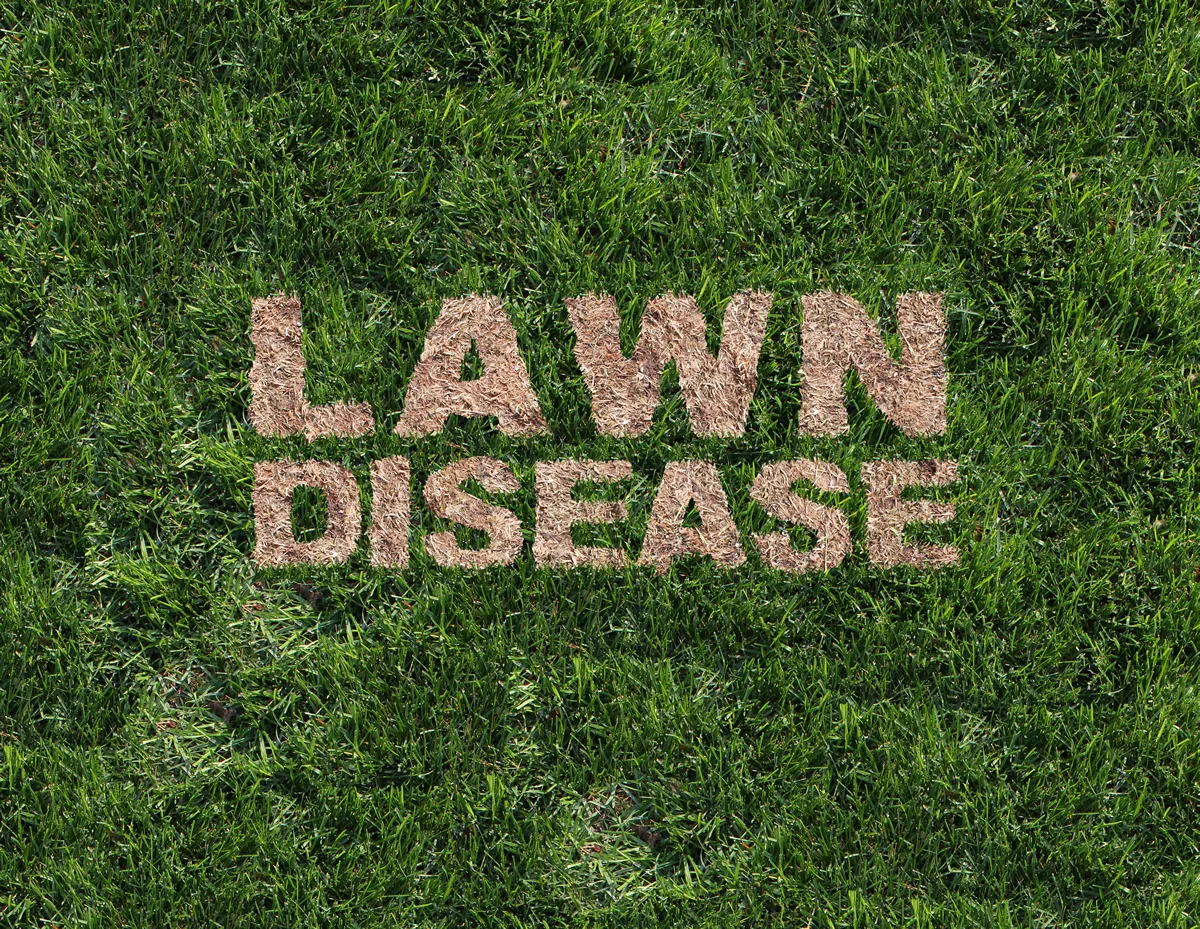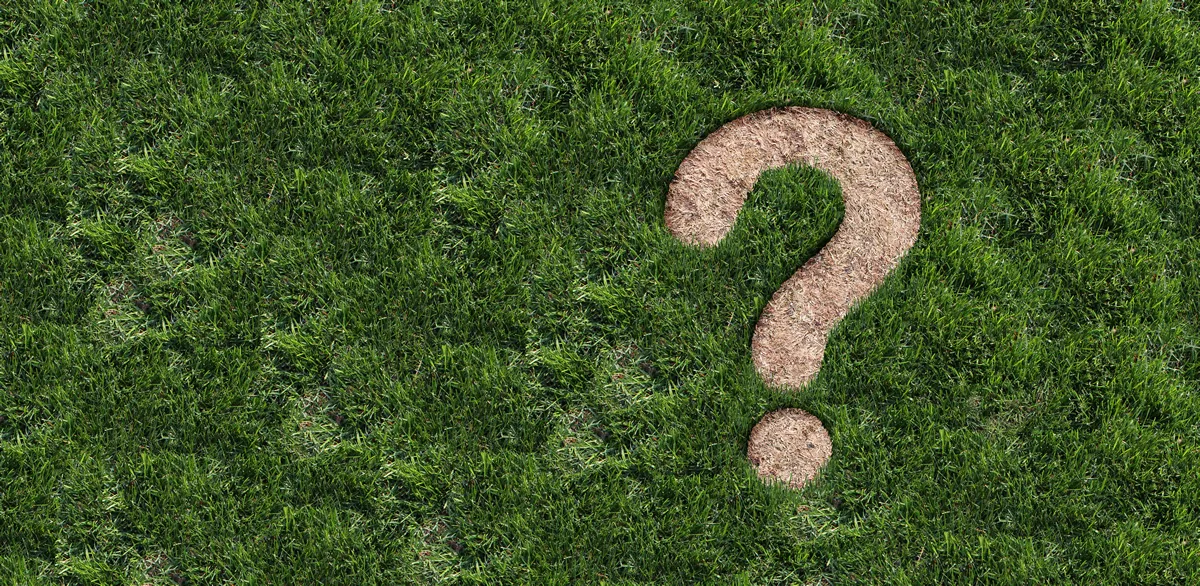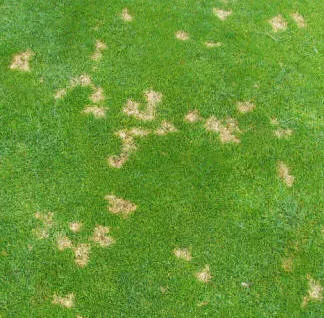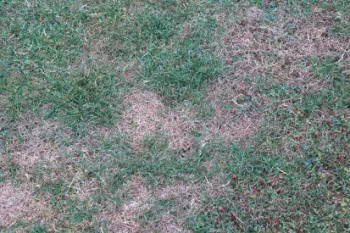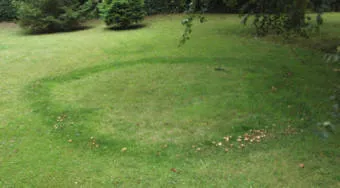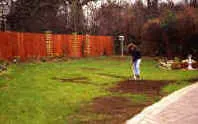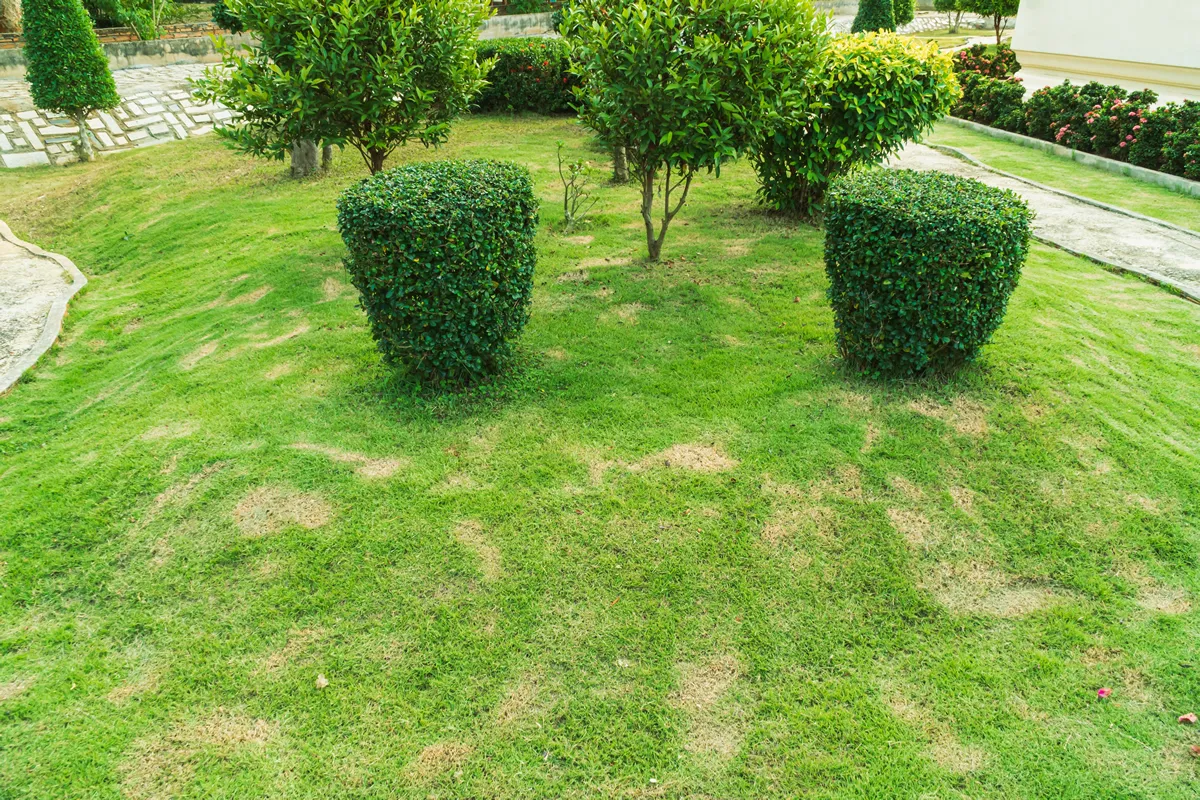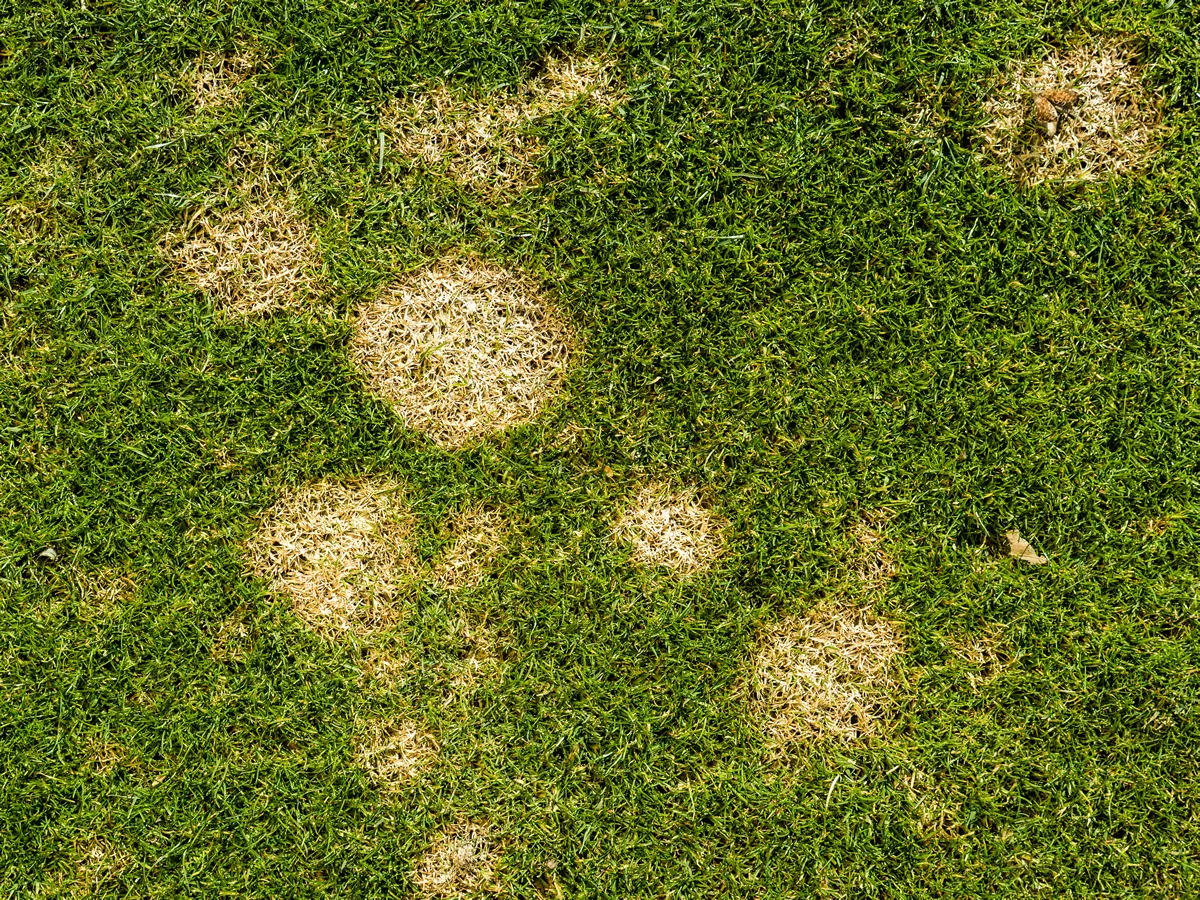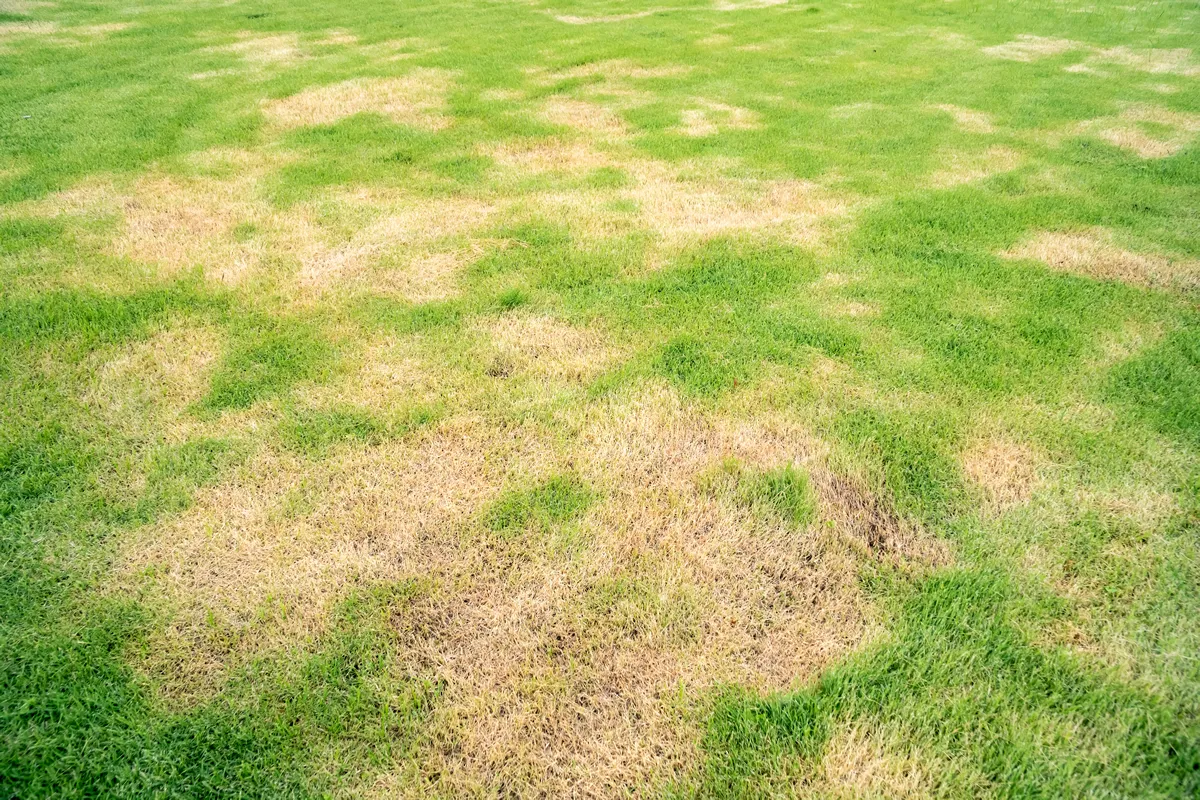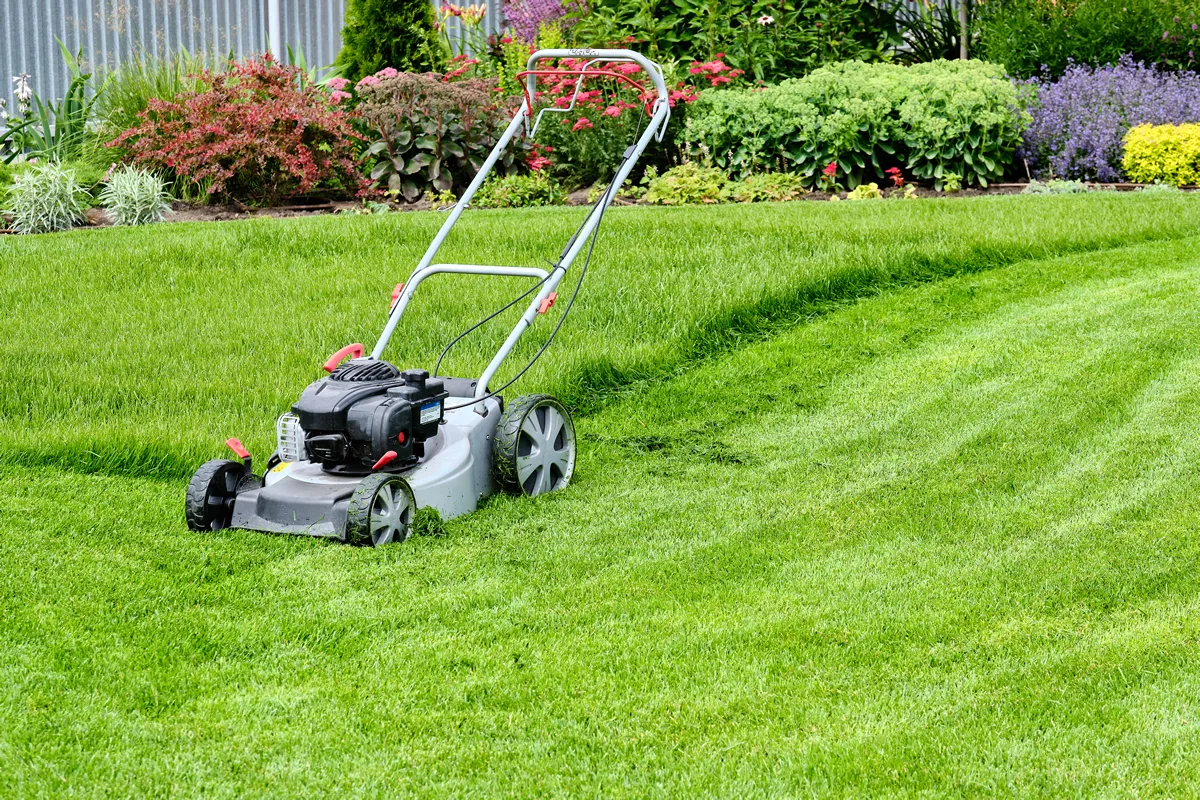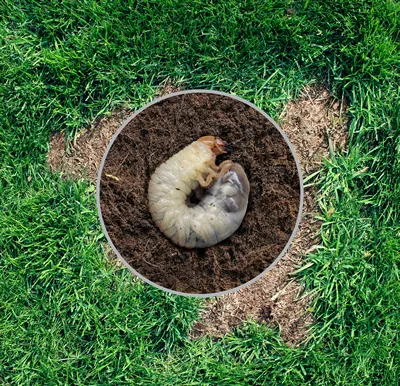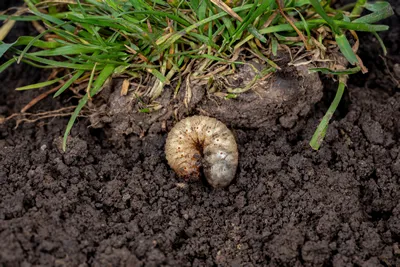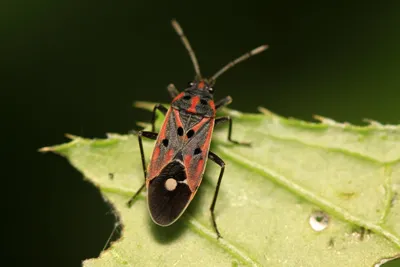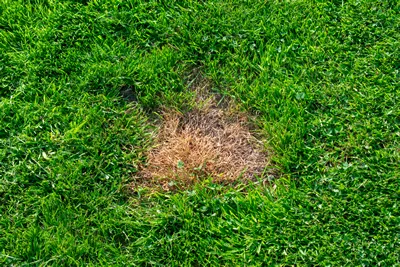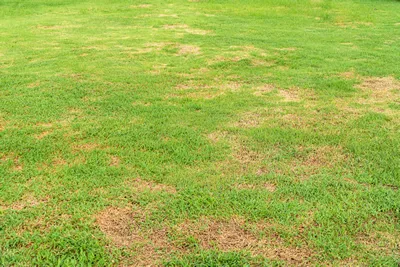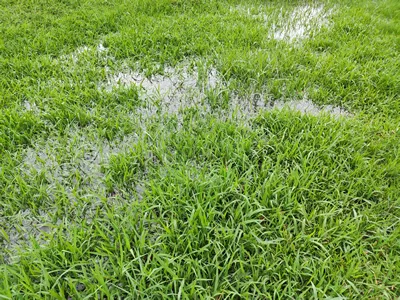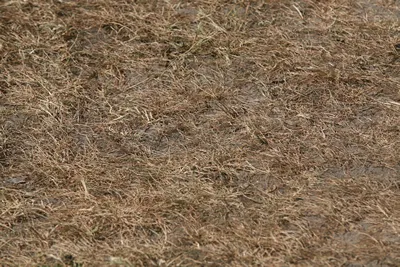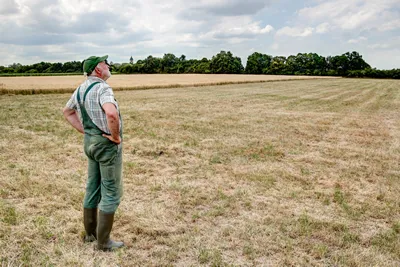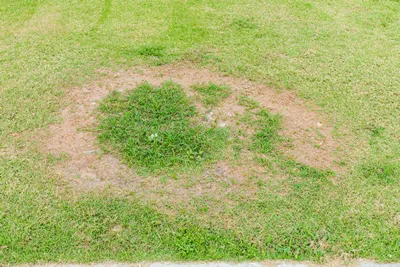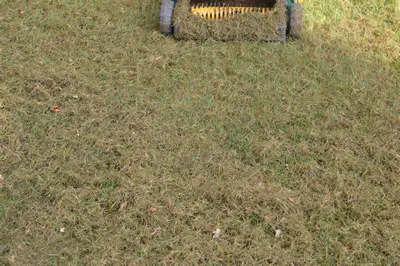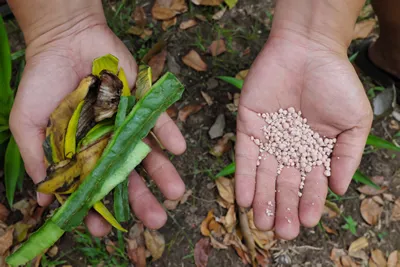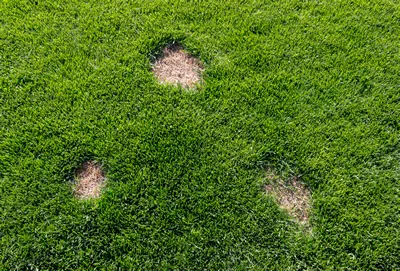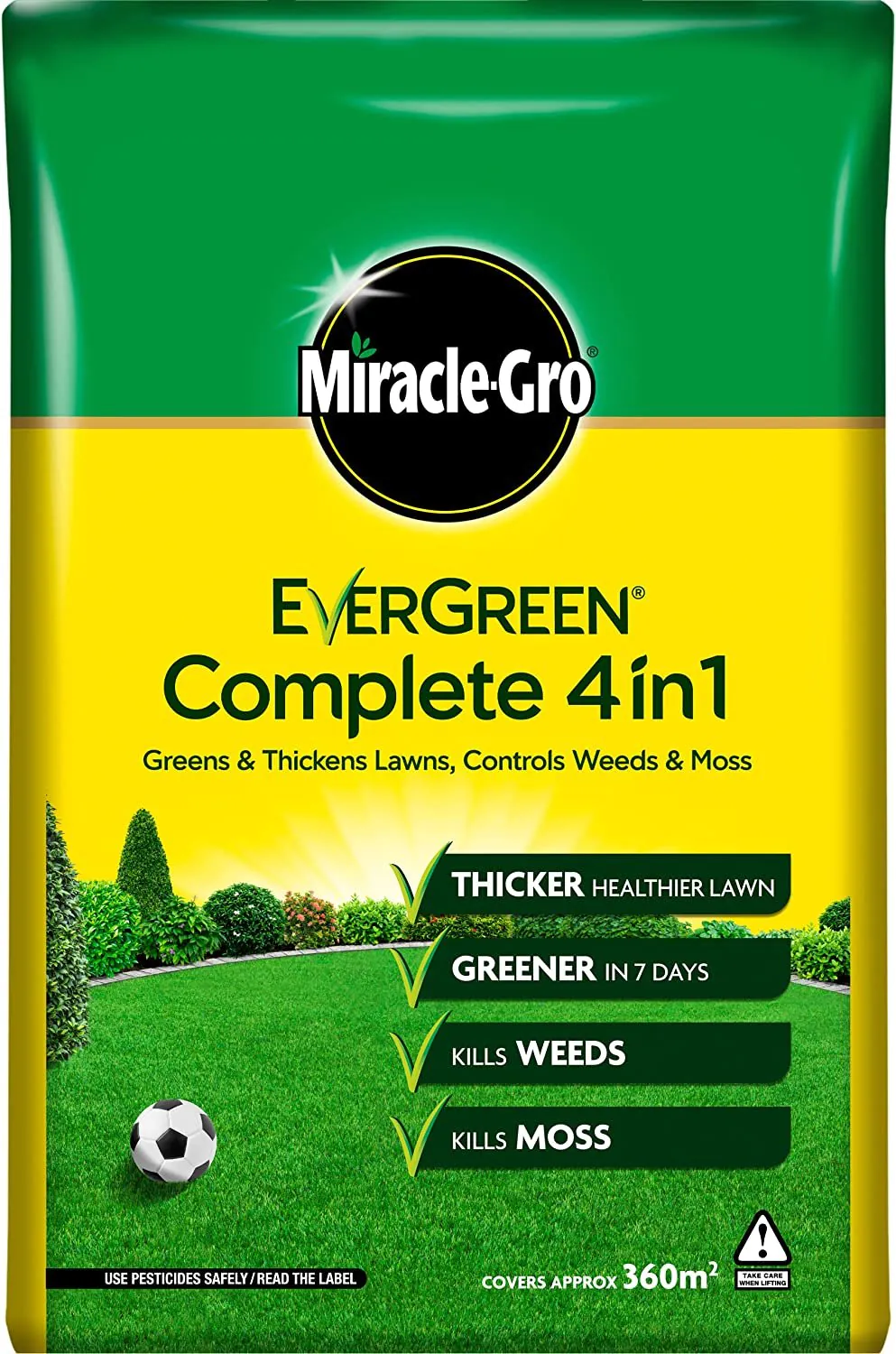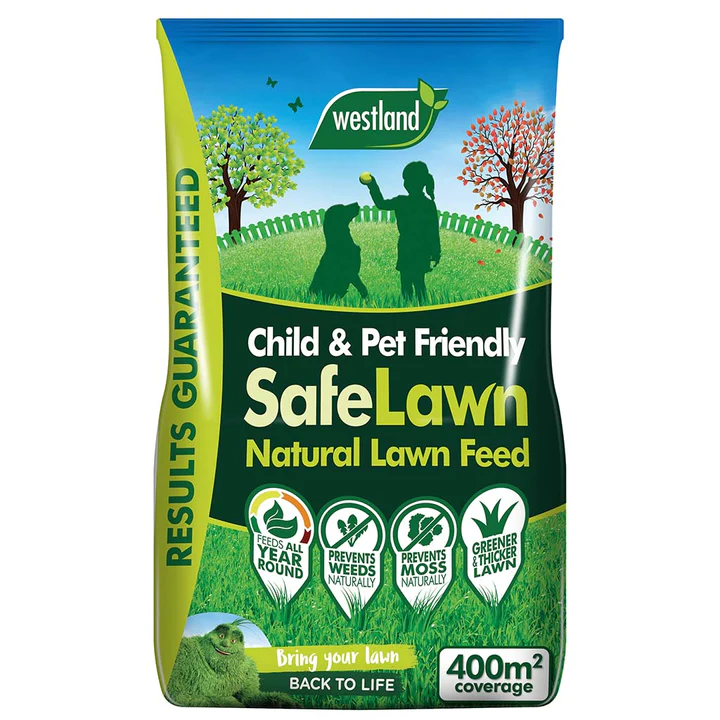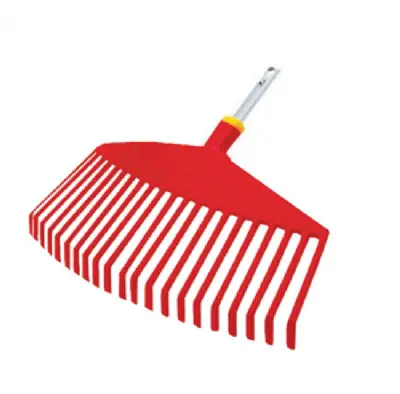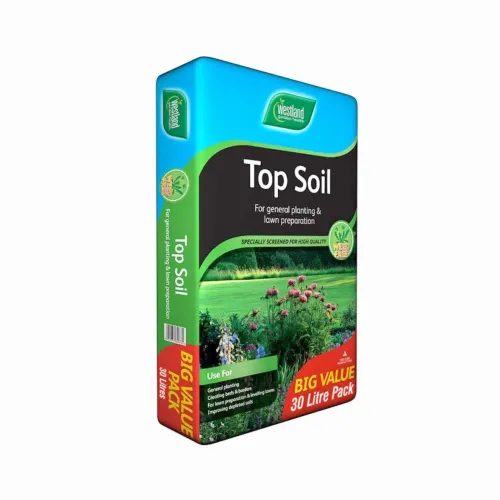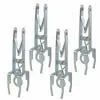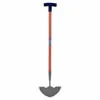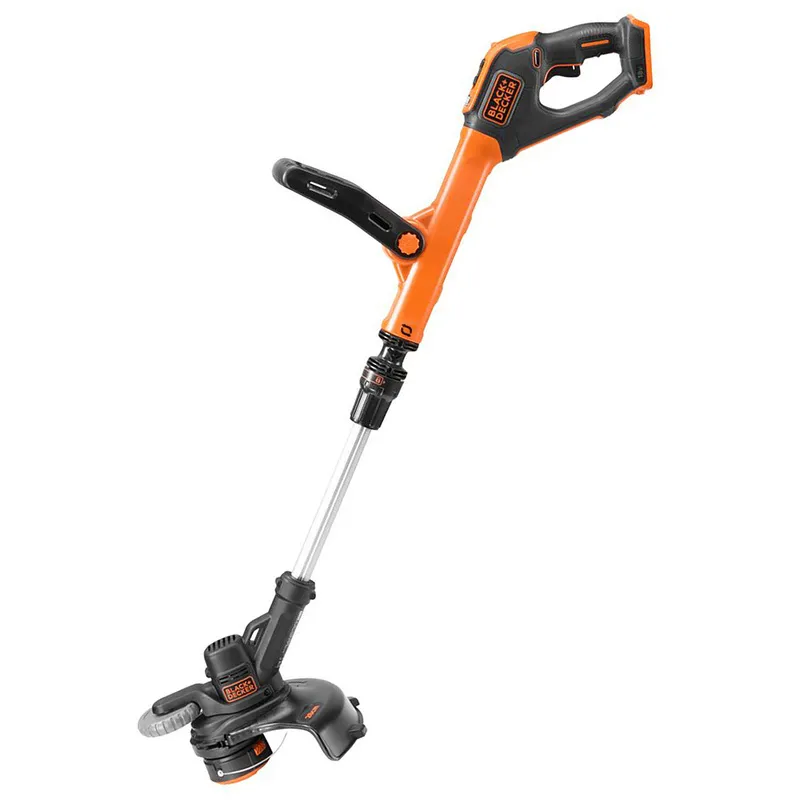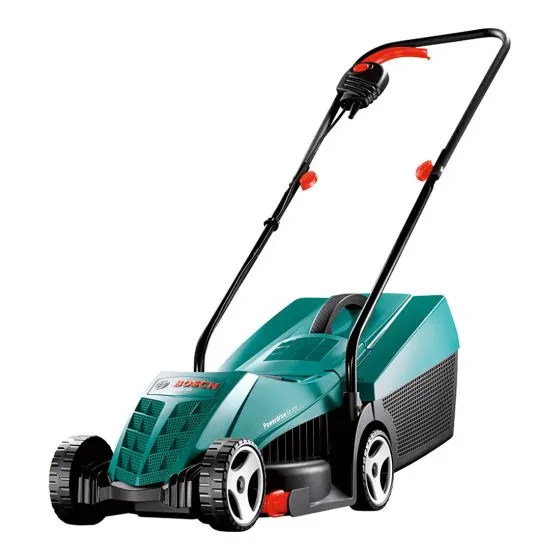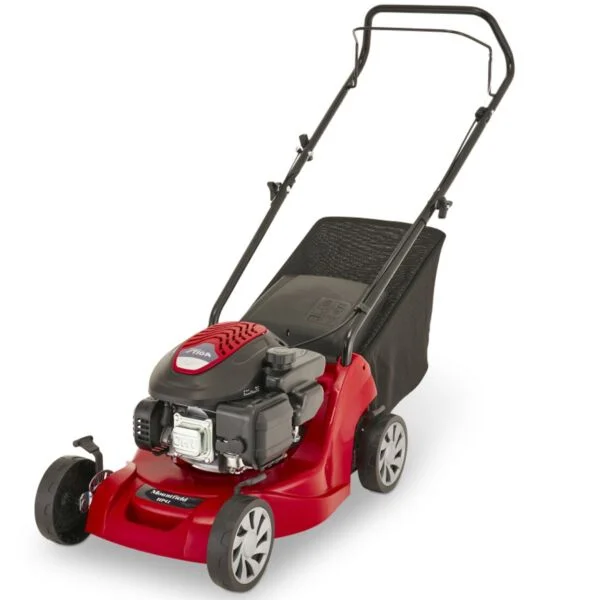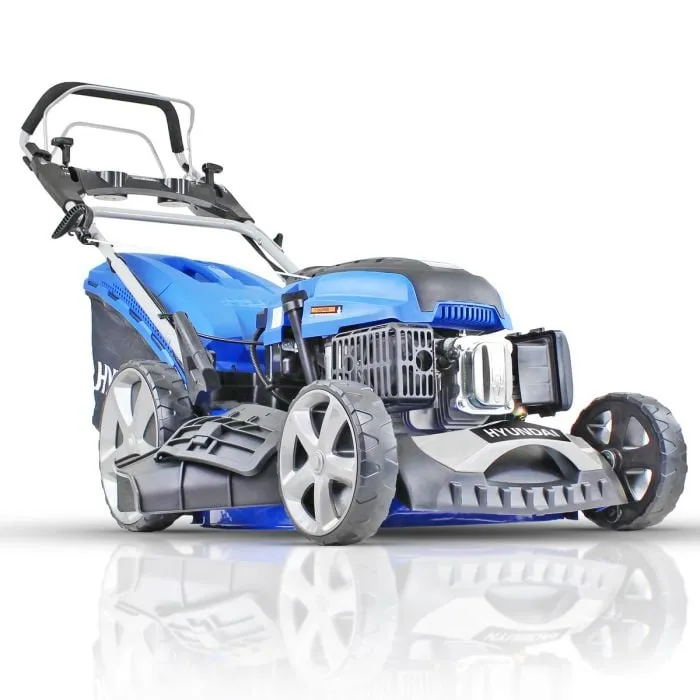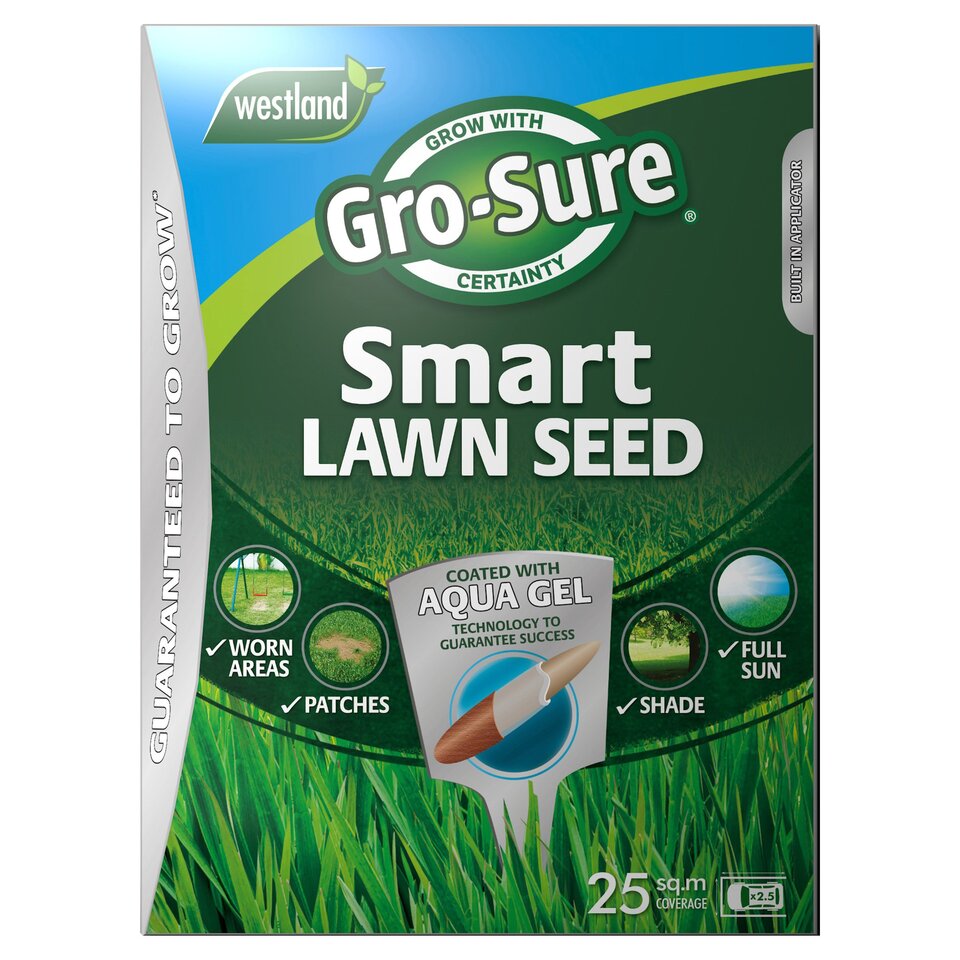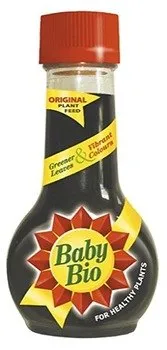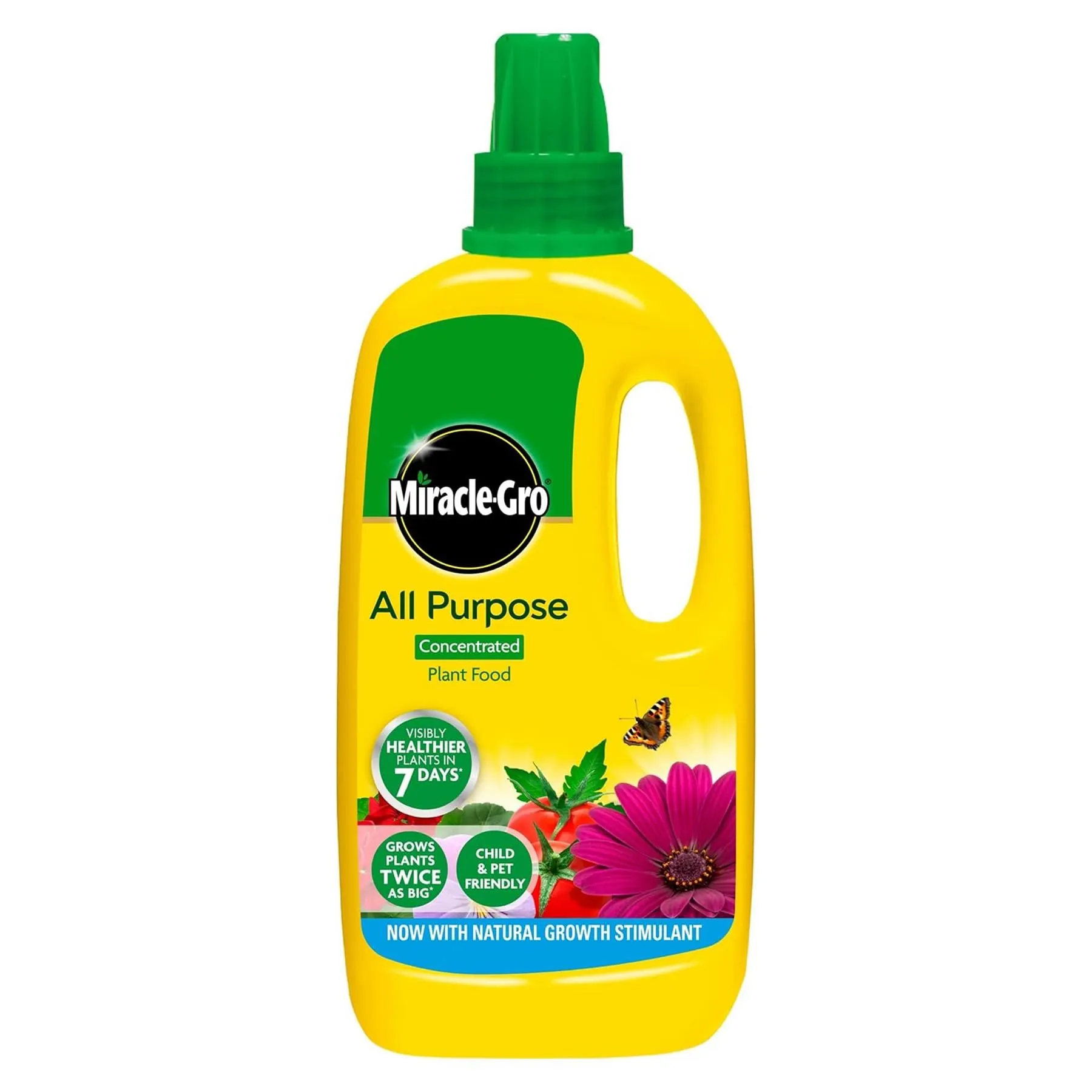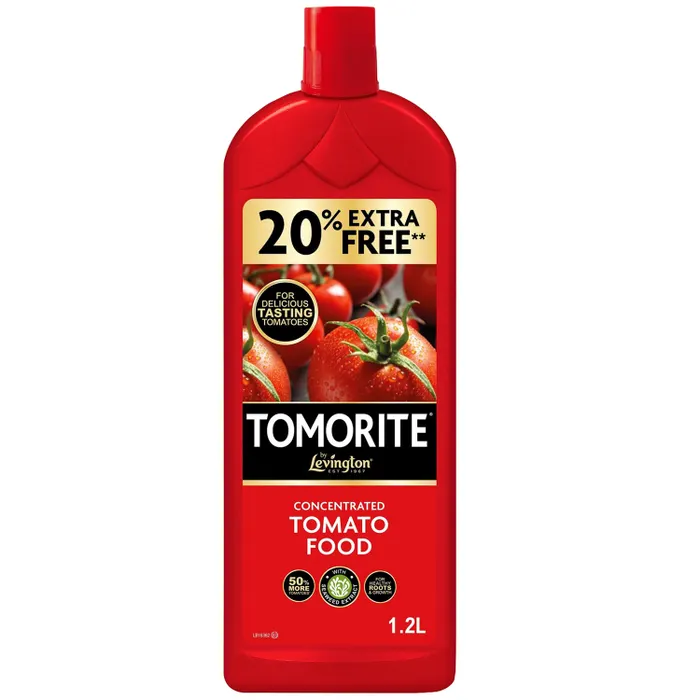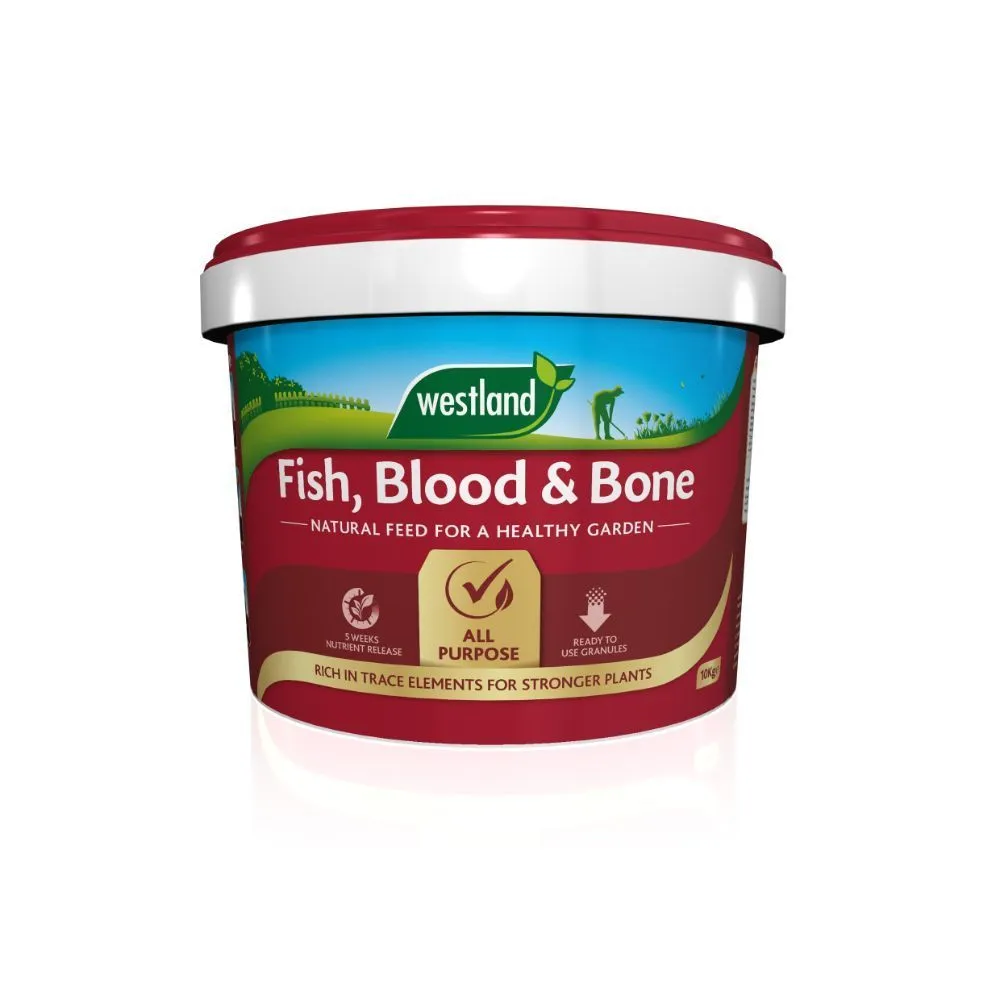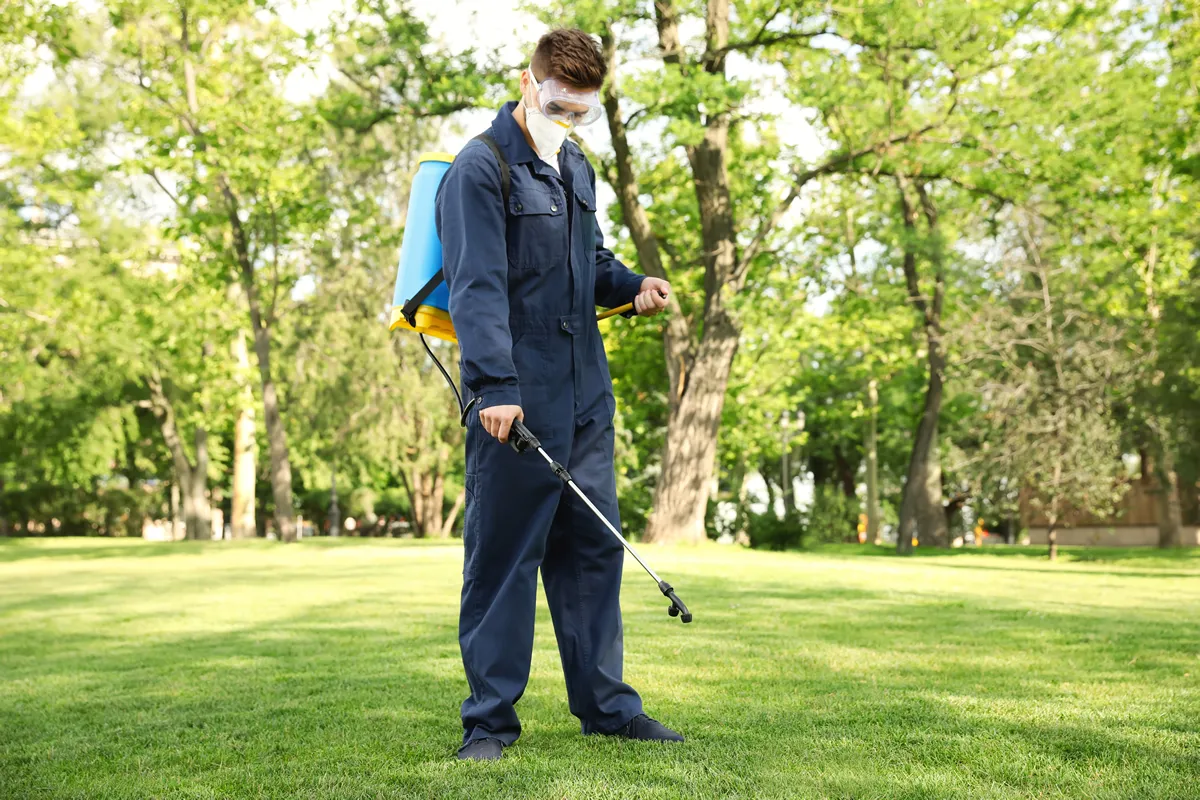
The Gardener's Guide to Reviving Your Lawn: Defeating Unexplained Brown Patches
Every gardener knows the heartache — that moment when you look out over your once-vibrant lawn to find it peppered with unexplained brown patches. It's a conundrum that promises neither the unparalleled satisfaction of watching stubborn patches flourish under your care nor the grim comfort of knowing that at least you understand the problem. Instead, brown patches sit there in their inexplicable blotchy misery, daring you to bring your A-game to solve the mystery and return your lawn to its emerald glory.
In this detailed guide, we're going to strap on our detective hats, roll up our sleeves, and give you the tools you need to tackle this most common lawn woe. We’ll explore the myriad causes behind brown patches, from environmental stress to sneaky lawn diseases, and outline a comprehensive approach to treatment. By the time we’re done, you'll be armed with the expertise to not only revive your current sad spots but also prevent new ones from taking root.
The Anatomy of a Lawn's Lament
Understanding that a brown patch is more than just a discoloration is key to successful diagnosis and recovery. Brown patches are the visible signs of an underlying issue within your lawn, potentially indicating a larger, unseen problem that demands your attention. There are multiple categories of causes for brown patches, and we're going to dissect each one.
Environmental Stress
Your lawn is a living, breathing system, susceptible to the whims of nature. Drought conditions, extreme heat, prolonged cold, or even a sudden change in the environment can stress grass, causing it to go dormant or perish in select areas. Seasonal changes, such as winterkill in colder climates, can also contribute to patchy brown areas. Understanding and mitigating these environmental stresses is the first step in many a lawn revival.
Lawn Disease
Fungi and other pathogens can wreak havoc in your grass, leading to brown spots and unsightly patches. Diseases like fusarium blight or dollar spot are notorious for causing brown dead areas. Identifying the specific disease at play can be a key part of the solution.
Mismanagement and Neglect
Often, brown patches are simply the result of insufficient or incorrect lawn care practices. This might include over-fertilisation, improper irrigation, or mowing neglect. Even the lack of a regular maintenance schedule can lead to your lawn developing patches.
Pest Problems
Insects, mites, and other lawn pests can damage your grass, causing it to turn brown. Chinch bugs, grubs, and billbugs are just a few of the potential suspects. By detecting pest presence early on, you can stop their destructive activities in their tracks.
The Art of Culprit Identification
Before you can hope to rectify a lawn issue, you must identify the root cause. Doing so involves a combination of detective work and careful observation.
Walk the Beat
Every week, take a walk around your lawn and scrutinise it for any changes. Look for the tell-tale signs of disease or pests, such as irregular brown spots or insect trails. Note the environmental conditions during these times—was there a heatwave or prolonged rain?
Talk to the Community
Engage with fellow gardeners or even professionals who can offer insight. Local garden centres, university extension services, or environmental groups might be valuable resources in your quest for answers.
Evidence Gathering
Collect close-up photos of the brown patches, and if you suspect wildlife, look for droppings or signs of digging. If you suspect disease, bag up a sample to take to the experts for analysis.
Treating the Scene of the Crime
Once you have a suspect in your sights, it's time to administer the appropriate treatment. This can range from a change in your lawn care routine to the application of pesticides or fungicides. Here are the steps to follow:
Remedial Care
If the issue is environmental or based on mismanagement, start by addressing those factors. Evaluate your watering schedule, adjust your mowing techniques, and check if the lawn is getting appropriate sun or shade.
Precision Medicine for Lawns
When dealing with specific diseases, you’ll need to apply fungicides according to the instructions provided, which might involve reseeding or removing infected plants.
Insect Intervention
For pests, insecticides might be necessary. However, always opt for the least harmful options first, and consider the use of beneficial insects as a preventive measure in the future.
Long-Term Lawn Vigilance
Successfully treating brown patches is just half the battle. To prevent their return, you must adopt a regime of vigilance and ongoing lawn care practices.
Conscientious Cultivation
Ensure you’re mowing at the correct height for your grass type, avoiding the removal of more than a third of the blade at a time. This helps maintain a healthier lawn that is more resilient to pests and disease.
Rigorous Watering Regulations
Implement a schedule that mimics natural rainfall and encourages deep root growth. This typically involves watering less frequently but for longer durations to encourage the roots to reach down for moisture.
Regular Maintenance Routines
Regularly aerate and dethatch your lawn to improve air and water penetration. Overseed any sparse areas to preclude the spread of diseases or pests, and apply organic fertilisers on schedule to provide essential nutrients.
Integrated Pest Management
Adopt an integrated approach to pest management, using a mix of cultural practices, natural predation, and targeted treatments. This can significantly reduce both the incidence and recurrence of pest problems.
Success Stories and Strategies
Learning from the successes of others can be incredibly valuable. Read up on case studies of fellow gardeners who have overcome brown patches, and adopt their successful strategies.
Testimonials and Tricks
Listen to how other gardeners have tackled similar problems. Their triumphs often provide ready-made solutions for your own lawn's dilemmas.
Imitate and Innovate
Try implementing the same tactics that have worked for others in your region or with similar lawn types. Then, fine-tune these strategies to suit your own lawn's unique circumstances.
Conclusion: The Resilient Lawn
The final step in your lawn's resurrection is a recognition of the ongoing care required. Regular observation, swift action at the first sign of trouble, and a consistent care regimen will lead to a lawn that's not only beautiful but also strong and self-defending.
Ensuring your lawn remains a welcoming carpet of green involves a combination of science, art, and old-fashioned elbow grease. By following the advice in this guide, you'll be better prepared to handle the challenges your lawn throws at you, be they brown patches or any other garden gremlin.
In the verdant tapestry of your garden, every brown patch presents an opportunity — an opportunity to learn more about your lawn and become a better steward of your natural environment. Treat each patch not as a failure, but as a stepping stone towards a more knowledgeable, more experienced, and ultimately more successful gardener.
Remember, the story of your lawn is a story of growth and renewal. Enjoy the process, relish the green, and never stop cultivating the resilient, radiant haven you've always dreamed of. Now go forth, dear gardener, and breathe life back into your lawn.
